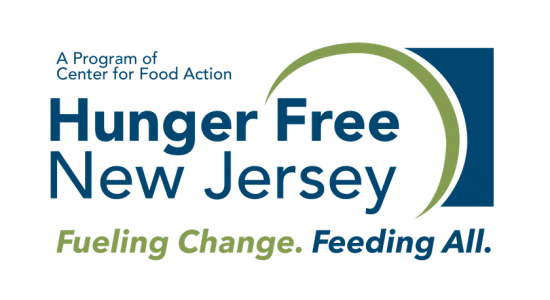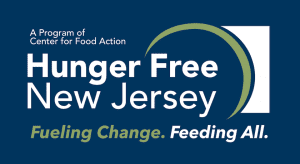As pandemic mandates end, many of the programs put in place the past two years to help feed children in New Jersey are slated to end, as well.
But lawmakers and child-hunger advocates are pressing for those programs to be extended, stating the need was not exclusive to COVID-19. Further, the benefits of free meals for schoolchildren existed prior to the pandemic and still will after the programs expire.
These programs, and the efforts to bolster food aid to students, are happening as the cost to feed a family is rising, adding even more pressure to an already stressed population.
“The cost of food is going up significantly so when a lot of these waivers expire, you’re going to see more families struggling to put food on the table,” said Lisa Pitz, assistant director of Hunger Free New Jersey.
The pandemic laid out a new set of difficulties for many in need of meal assistance, and through federal funding, schools were able to mediate those struggles. One of these pandemic programs was the federal Pandemic-EBT (P-EBT), which helped families buy groceries during remote, hybrid or in-school learning. But as children returned to classrooms, this program eased out more seamlessly than others.
Another key food program, the Parent/Guardian Meal Pick Up waiver, made it possible for parents or guardians to pick up school-provided meals.
Poverty line eligibility
U.S. Department of Agriculture waivers provided free breakfast and lunch to schoolchildren during the pandemic. Now that is set to expire June 30. Once it does, only children whose family makes below 200% of the poverty line will receive the free meals.
In New Jersey, 395,774 children received free and reduced-price school meals from 2019 to 2020. But there were 551,000 children below 200% poverty in 2019. Whether the gap between the number of children getting the meals and the number of those eligible is due to lack of program awareness or lack of access is uncertain.
‘You’re going to see more families struggling to put food on the table.’
Prepandemic regulations on school meals will soon be back in place, Pitz said. This includes on-site consumption. That means “grab and go” meals would no longer be on the table, and newer programs allowing parents to take home meals wouldn’t be either.
A spokesperson for the state Department of Agriculture said paid meals will resume in the new school year. But is it enough?
The National School Breakfast and Lunch Programs for New Jersey are income-based. For example, a qualifying income for a household of four is $51,338. In 2020, the median household income in New Jersey was $85,245.
Anti-hunger legislation
Proposed legislation is looking to increase access to free meals to families beyond those income constraints. The Working Class Families’ Anti-Hunger Act, sponsored by Assembly Speaker Craig J. Coughlin (D-Middlesex) and Assemblywomen Pamela Lampitt (D-Camden) and Mila Jasey (D-Essex) would increase eligibility criteria to 26,000 more families in the state. “Anything to get free meals to more children, that’s what we should be doing,” said Pitz, whose organization voices support for the legislation.
But as it stands, the state’s proposed school funding formula does not directly extend those programs.
According to Feeding America, one in 10 children in New Jersey face hunger, and in 2019, nearly 10% of New Jerseyans under 18 were in food-insecure households. From 2016 to 2021, 14.2% of children in the state under 5 lived in poverty. Cecilia Zalkind, president and CEO of Advocates for Children of New Jersey, stresses, “The importance of school meals can’t be underestimated.”
Pitz said current inflation will just make the situation worse. DOA echoed such concerns, stating, “school food service operators have been experiencing supply chain and pricing challenges.” To remedy, “the USDA has provided supply chain assistance funding to help with these struggles.”
But affording food for many families remains an issue, increasing in severity as many families restabilize from COVID-19. In New Jersey, goods and services cost 15.2% higher than the national average, and cost of living is the fourth highest overall.
Zalkind explained that food insecurity has been an issue in the state for years, with the pandemic only further exposing that reality. Further, she said that eligibility for free school meals in New Jersey being determined by poverty line income becomes tricky, as the poverty line is a federal standard, and cost of living in New Jersey is not near federal averages.
“The problem existed long before the pandemic … But I think the pandemic really shined a bright light on how big of a problem we have … it showed how critically important school meals are,” Pitz said.






